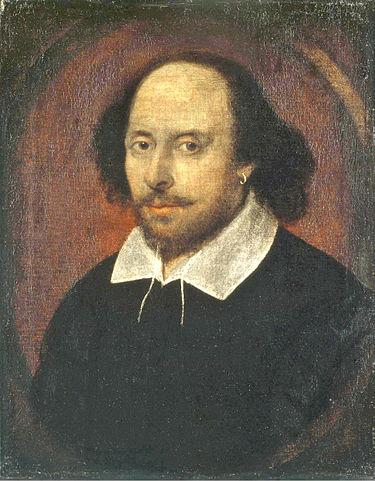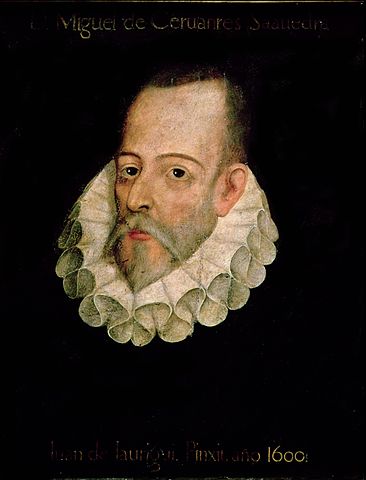Spain in Our Hearts
 In Spain in Our Hearts: Americans in the Spanish Civil War, 1936-1939, Adam Hochschild (To End All Wars) moves beyond the familiar image of the Spanish Civil War shaped by Ernest Hemingway's For Whom The Bell Tolls* and Robert Capa's iconic photographs. He uses the experiences of less famous volunteers—a young economics professor and his wife, a college senior who was the first American to die in the battle for Madrid, a nineteen-year-old idealist who cut short her European honeymoon to join the Republican cause, a New York socialite turned war correspondent—to tell a story of the war that is both larger and more intimate.
In Spain in Our Hearts: Americans in the Spanish Civil War, 1936-1939, Adam Hochschild (To End All Wars) moves beyond the familiar image of the Spanish Civil War shaped by Ernest Hemingway's For Whom The Bell Tolls* and Robert Capa's iconic photographs. He uses the experiences of less famous volunteers—a young economics professor and his wife, a college senior who was the first American to die in the battle for Madrid, a nineteen-year-old idealist who cut short her European honeymoon to join the Republican cause, a New York socialite turned war correspondent—to tell a story of the war that is both larger and more intimate.
Hochsfield brings each of his characters to vivid life, but does not reduce the war to a simple story of idealism and heroism. He contrasts the idealism of the international volunteers who flooded Spain in support of its democratic government with the brutal actions taken by partisans on both sides of the war. He details the political infighting between the Soviets, anti-Stalinist communists, and anarchist revolutionaries. And he demonstrates how fascist sympathizers in Britain, the United States, and France kept those countries from supporting the Spanish government. (One of the most interesting sections is the previously untold story of how a Texas oilman with Nazi sympathies illegally provided Franco with oil.) Most important, he highlights Germany's overt use of the war as a training field for a European war in the making.
Spain in Our Hearts is gripping, illuminating, and ultimately heartbreaking. I'd recommend it over Hemingway any day of the week.
*Not a big fan.
This review, minus my opinion of Hemingway, previously appeared in Shelf Awareness for Readers.
Shin-Kickers From History: Constance Gore-Booth Markiewicz
On Easter Monday, April 24 , 1916, a group of Irish nationalists proclaimed the establishment of an Irish Republic and rose up in rebellion against British rule in Ireland. Among them was Countess Constance Gore-Booth Markiewicz--revolutionary, politician, suffragette and social activist.
 Constance Gore-Booth was born in 1868 to a wealthy family of Angle-Irish Protestants, part of the Protestant Ascendancy that ruled Ireland.* Gifted with wealth and beauty, she could have become a society belle and enjoyed a life of luxury. Instead she turned toward art and politics. She studied first at the Slade School of Fine Art in London and later at the Académie Julian in Paris, where she took up cigarette smoking,** women's suffrage, and Count Casimir Markiewicz, a Polish artist from a wealthy family.
Constance Gore-Booth was born in 1868 to a wealthy family of Angle-Irish Protestants, part of the Protestant Ascendancy that ruled Ireland.* Gifted with wealth and beauty, she could have become a society belle and enjoyed a life of luxury. Instead she turned toward art and politics. She studied first at the Slade School of Fine Art in London and later at the Académie Julian in Paris, where she took up cigarette smoking,** women's suffrage, and Count Casimir Markiewicz, a Polish artist from a wealthy family.
In 1903, the Markiewiczes settled in Dublin, where they divided their lives between the pleasures of the landed and artistic elites. Markiewicz gradually became more and more involved in social welfare issues and Irish nationalism. In 1908, at the age of forty, she joined both Sinn Féin and the revolutionary nationalist women's organization, the Daughters of Ireland. In 1909, She founded Na Fianna Éireann (Warriors of Ireland), a youth group roughly based on Baden-Powell's newly formed Boy Scouts and named after Fionn MacCumhaill's legendary band of warriors. She was an active member of Maud Gonne's committee to distribute food to the hungry children of Dublin's slums--an area that provided her with a recruiting ground for Na Fianna Éireann--***and worked closely with Irish labor leaders.
 When Irish nationalists began to form militias, first to protect striking workers from police brutality and later to fire for Irish independence, Markiewicz helped organize and train the Irish Citizen's Army. During the Easter Rising, she served as second-in-command of the unit that took St. Stephens' Green. They blockaded the roads leading to the park using confiscated vehicles and dug defensive positions. When British Army snipers began to shoot into the entrenchments from the upper stories of the nearby Shelburne Hotel, they retreated to the Royal College of Surgeons, where Markiewicz took up a position on the roof as a sniper. **** (The landed gentry life of riding and hunting was evidently good preparation for street fighting.) When the nationalists finally surrendered on April 30, she emerged wearing the green uniform of the Irish Citizen's Army and kissed her revolver before handing it over to her captors--a scene that passed immediately into Irish nationalist mythology.
When Irish nationalists began to form militias, first to protect striking workers from police brutality and later to fire for Irish independence, Markiewicz helped organize and train the Irish Citizen's Army. During the Easter Rising, she served as second-in-command of the unit that took St. Stephens' Green. They blockaded the roads leading to the park using confiscated vehicles and dug defensive positions. When British Army snipers began to shoot into the entrenchments from the upper stories of the nearby Shelburne Hotel, they retreated to the Royal College of Surgeons, where Markiewicz took up a position on the roof as a sniper. **** (The landed gentry life of riding and hunting was evidently good preparation for street fighting.) When the nationalists finally surrendered on April 30, she emerged wearing the green uniform of the Irish Citizen's Army and kissed her revolver before handing it over to her captors--a scene that passed immediately into Irish nationalist mythology.
Markiewicz was one of seventy women arrested in the immediate aftermath of the uprising but the only one who was sentenced to be shot for her involvement. Fifteen Republican leaders were executed. Markewicz's sentence was commuted to life imprisonment because she was a woman--an act of mercy that reportedly enraged her. She was transferred to an English prison, where she was sentenced to hard labor. She was released in 1917 as part of a general amnesty granted to those who had taken part in the uprising. When she returned to Ireland, she was greeted with a hero's welcome.
In and out of prison, she continued to fight for a unified Ireland. In 1918, while imprisoned in London, she became the first woman elected to the British Parliament, but she declined to take her seat because she would have to swear loyalty to the British Crown. She served as minister for Labour in Eamon de Valera's Irish rebel government, Dáil Éireann--a position in which she spent much of her time on the run from the Black and Tans. After the War of Independence, she was active in the debates that led to the 1922 treaty establishing the Irish Free State. (Are you surprised to learn that she was against it?) In the Civil War that followed, she fought on the side of the Irish republicans. After the republican surrender, she was elected as a deputy to the lower house of the Irish legislature, representing St. Patrick's Ward in Dublin--a position she held until her death.
In her final years, Markiewicz devoted herself to Dublin's poor, among whom she lived.
She died in a public ward in a Dublin hospital in 1927, at the age of 59. (Accounts vary as to what killed her, though all agree that the ultimate cause was the damage caused to her body by five terms in prison, totaling three years. ) Thousands of Dublin workers, including members of Na Fianna Éireann, lined the streets to pay their respects as her funeral procession passed.
*Though the Gore-Booths were apparently more socially conscious than most of their peers. During the Potato Famine of 1869-70, her father reportedly suspended rents and made sure his tenants had food.
***A gesture towards women's rights in the 1890s. Before you sneer, consider the marketing campaign for Virginia Slims in the early days of the Women's Movement: 
***In all fairness, the Boy Scout movement also took off in similar neighborhoods in London.
****Combatants on both sides halted fire long enough to allow the park keeper to feed the local ducks. War never makes sense.
The Day(s) The Music Died
If you've been hanging out in English-speaking corners of the internet, you are doubtless aware that April 23, 2016 is the 400th anniversary of William Shakespeare's death. (In one of those weird little coincidences that historians and poets love, he may well have been born on the same date 52 years earlier since he was baptized on April 26, 1564.) Celebrations are in the works.
You may be less aware that April 23, 2016 is also the 400th anniversary of the death of Miguel de Cervantes.* Since 1924, Spain has celebrated the Day of the Book. There are public celebrations in Barcelona and Madrid. And more important, people buy and exchange books in memory of Cervantes.
In 1995, UNESCO followed Spain's lead and declared April 23rd World Book and Copyright Day.
So what are you waiting for? Go celebrate: buy a book, read a sonnet, attend a play, watch Man of la Mancha through your favorite streaming medium, tilt at a windmill.
*In fact, they died on the same date but not on the same day. Spain had adopted the new calendar proposed by Pope Gregory XIII in 1582. Protestant Britain didn't make the change to the newer, more accurate, Gregorian calendar until 1752. In 1616, there was a ten day difference between the two systems. If Shakespeare had died on Gregorian time, his death would have been recorded on May 3. Calendars are a human construct and consequently tricky things.

